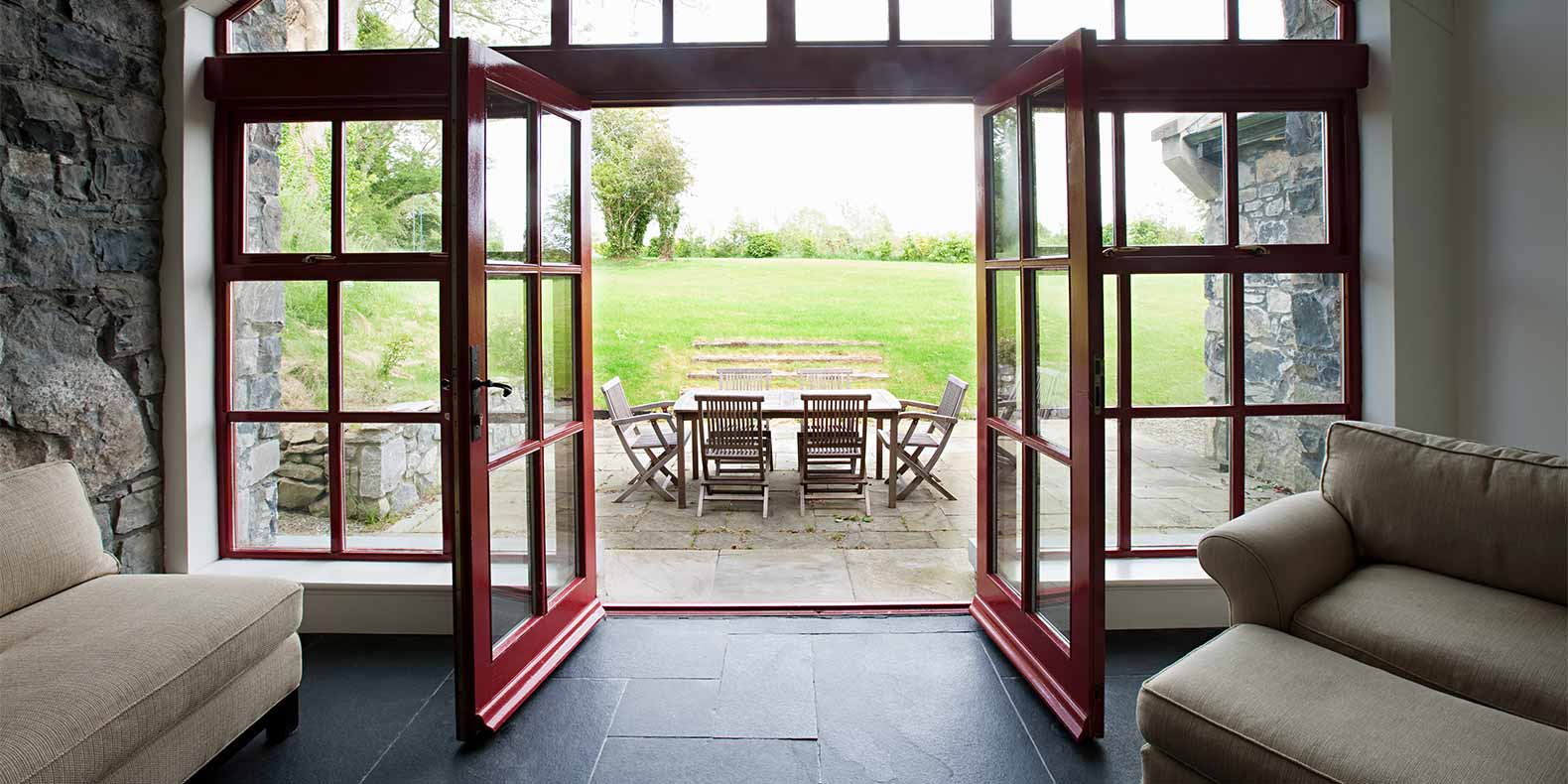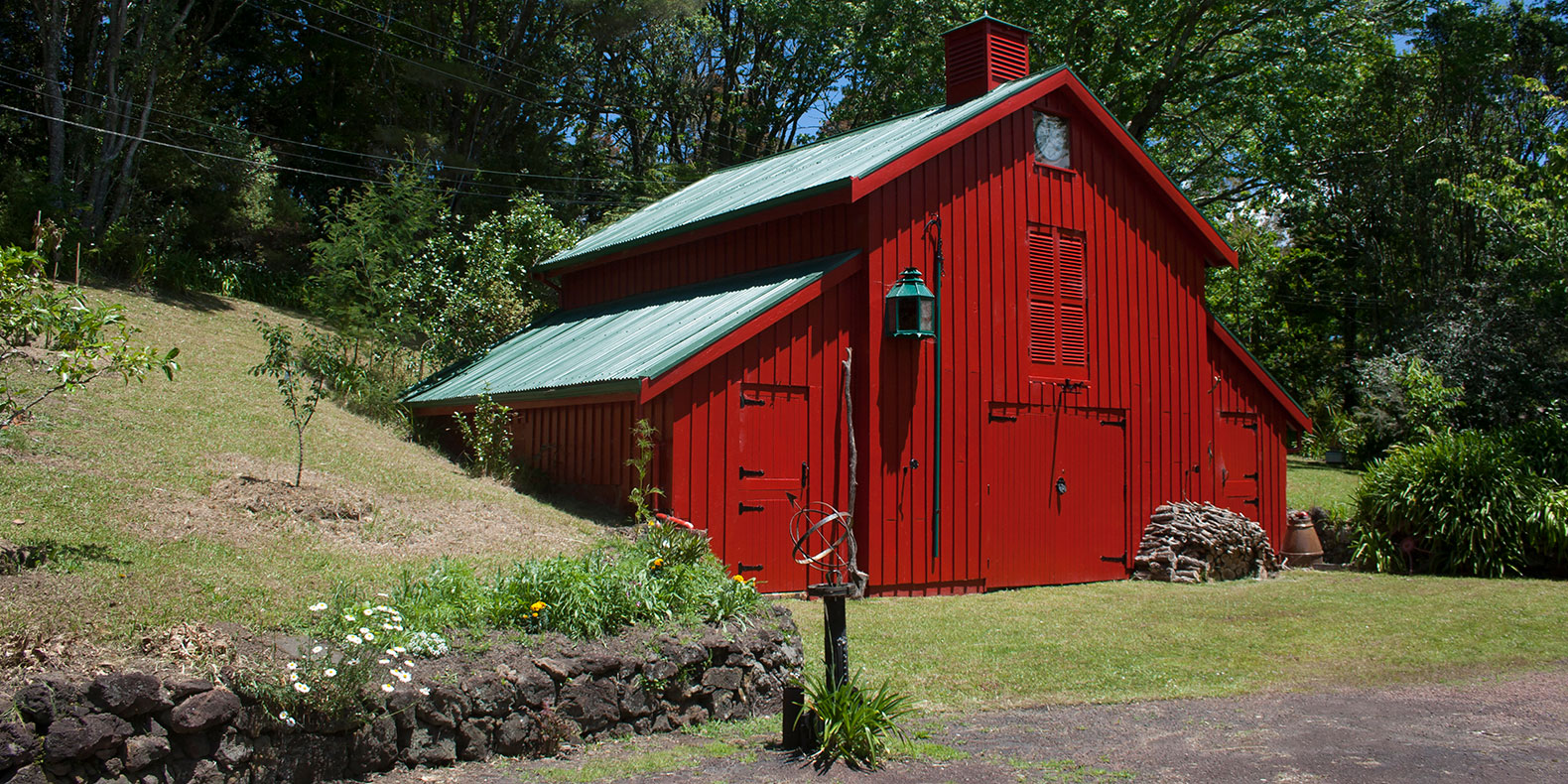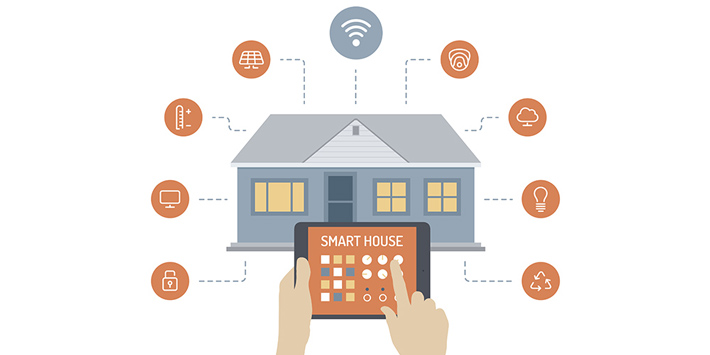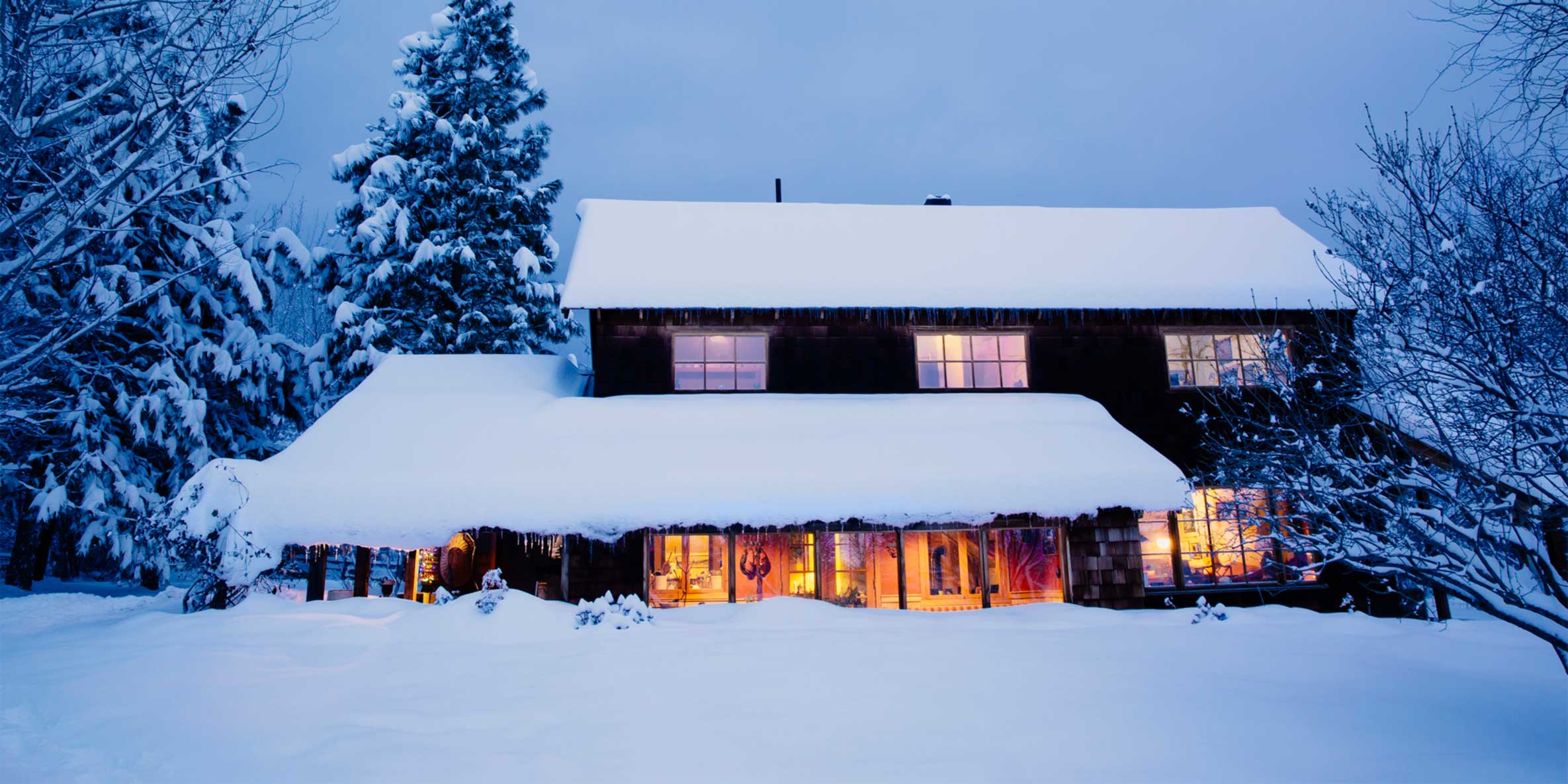Do you often worry about whether you turned that light off before leaving the house or if you remembered to lock the door?
What if there was a way to eliminate all those worries with the press of a button?
Smart homes are expected to grow at a compound annual growth rate of 11.36 percent between 2014 and 2020.
Outlined below are three driving factors that have increased home automation system demand.
Increase Security Measures
Protection for your family and personal assets is crucial. With a home automation system, you can safeguard your home anytime, anywhere. Smart home security provides remote access to your house even when you are not there. Control and monitor features, such as:
- Alarm panels.
- Camera capabilities.
- Carbon monoxide and smoke detectors.
- Door and window locks.
- Garage door openers.
- Motion detectors.
Alerts can be sent directly to you if suspicious activities occur or alarms are triggered. And pre-set schedules can be programmed to arm or disarm security features at specific time intervals or when certain events occur. For example, unlock your door whenever the garage is opened.
Live a More Convenient Life
Wouldn’t it be nice if you could have the perfect temperature set and ready upon your arrival home? With geo fencing capabilities, you can control specific preferences, such as adjusting home temperature, turning on lights and opening your garage door via automated triggers. Automation features are activated once your smart phone reaches a certain proximity to your home, providing you with effortless comfort.
With an expected reach of 36 million smart home units by 2017, convenience capabilities will only increase. Home automation companies strive to create systems that are not only tailored to consumers’ lifestyles, but also implemented in seamless, unnoticeable ways.
Save Energy
The average American spends around $3,052 a year on energy costs. With the installation of a smart home system, conserve electricity at your own convenience. Some household appliances that can be controlled remotely and/or automated to eliminate unnecessary energy usage are:
- Light fixtures.
- Refrigerators.
- Robot cleaners.
- Thermostats.
- Washers and dryers.
The need for energy-efficient solutions is becoming a sought-after factor by homeowners. Over two thirds of U.S. broadband households showed interest in paying a monthly fee for smart energy services.
Would you purchase a home automation system? Why or why not? Share with us in the comment section below.
Image Source: Nicolas Boullosa



